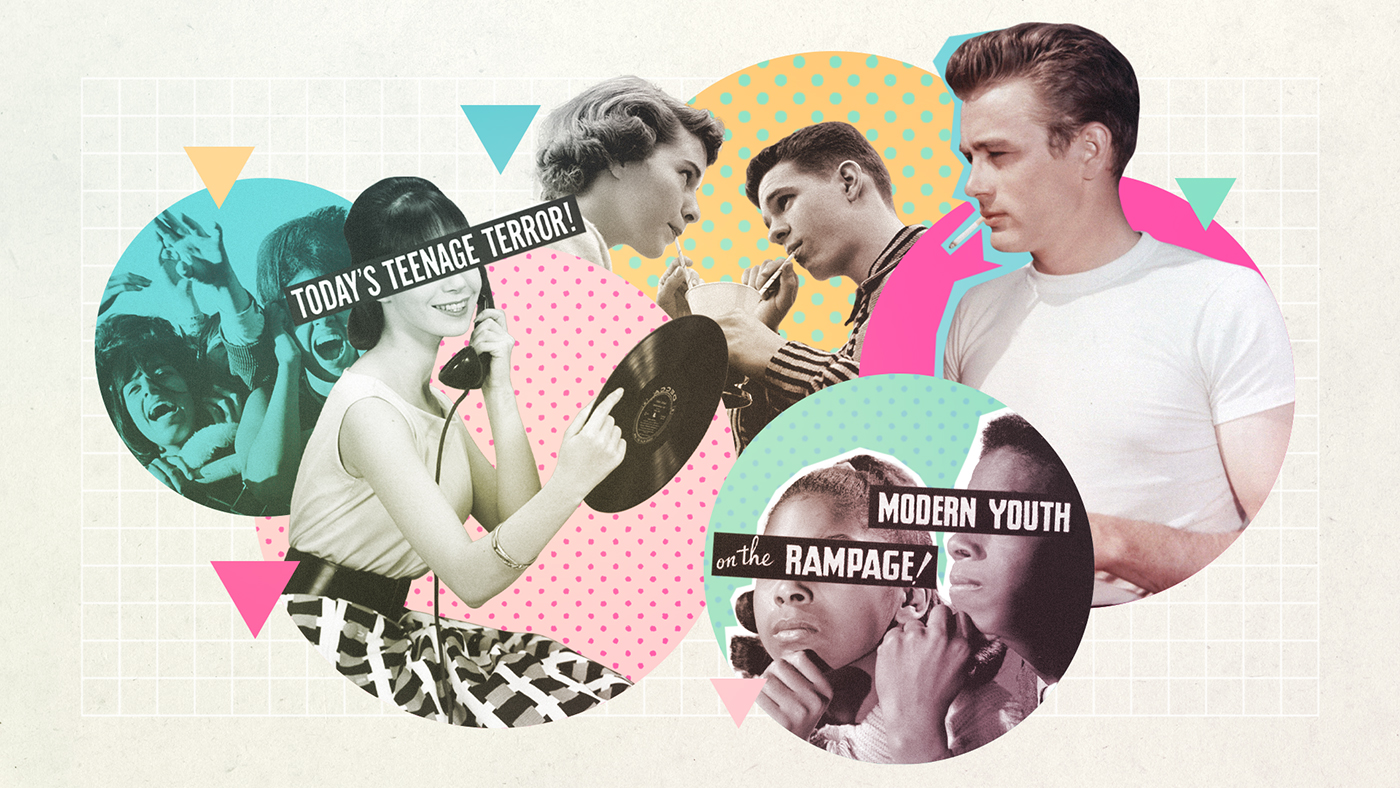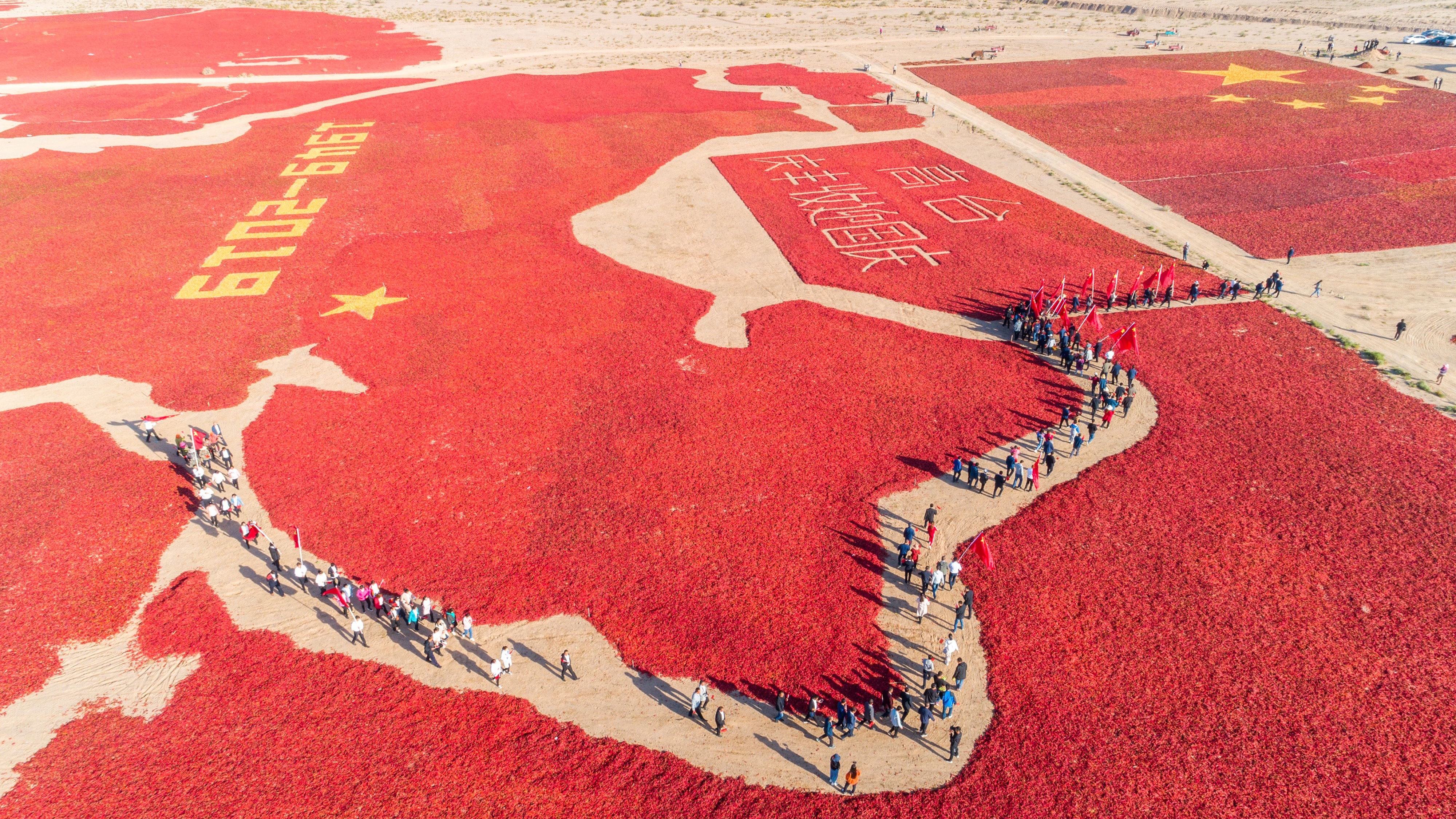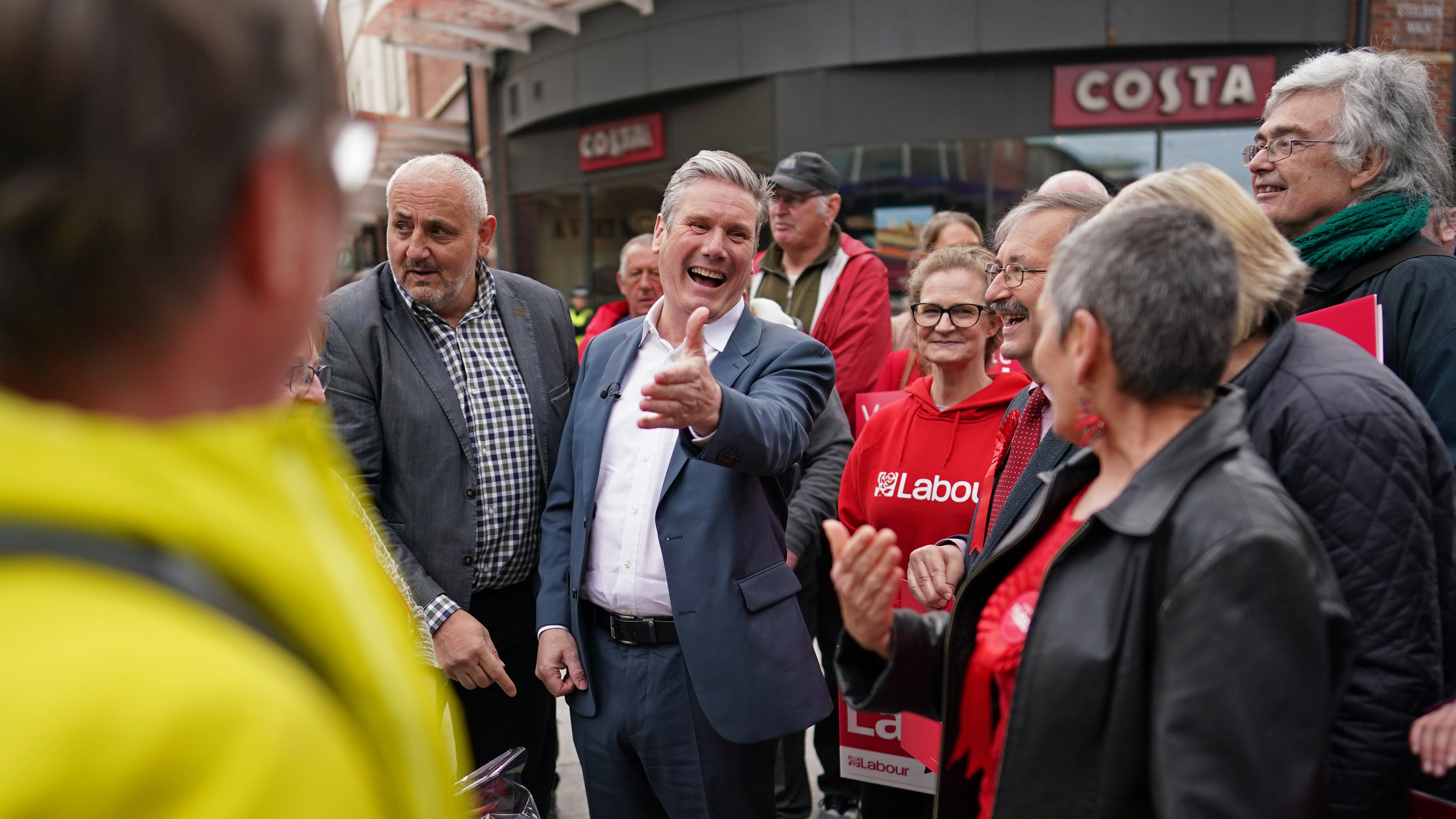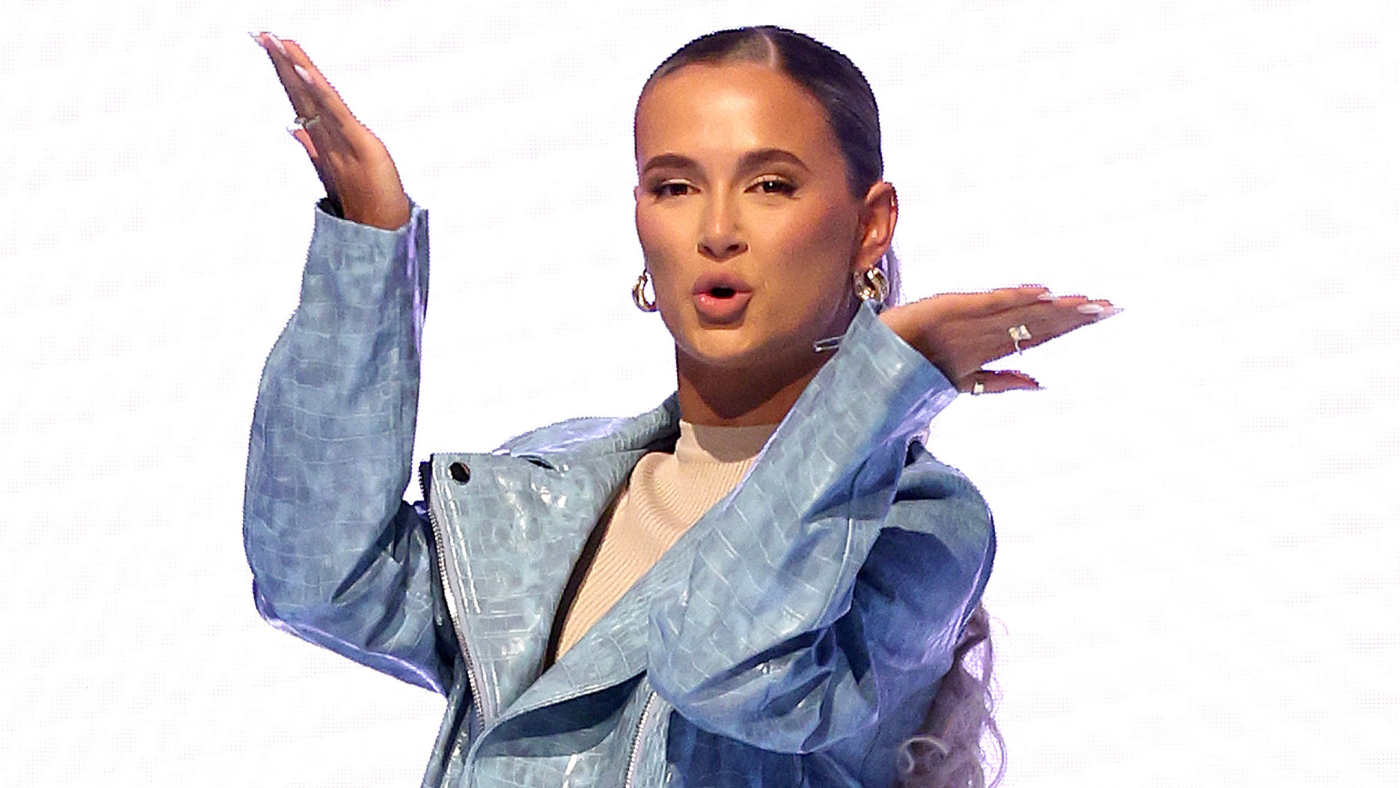The teenager explained in 60 seconds: ideas that changed the world
The concept of teenagerhood is a relatively modern invention that quickly took centre stage in mainstream culture

In this series, The Week looks at the ideas and innovations that permanently changed the way we see the world.
The teenager in 60 seconds
The idea of teenagerhood as a distinct stage of life between childhood and adulthood was first popularised in the 1940s.
“If you could time-travel back a few centuries, people would find the modern idea of the teenager to be something of an alien concept,” wrote the BBC.
The Week
Escape your echo chamber. Get the facts behind the news, plus analysis from multiple perspectives.

Sign up for The Week's Free Newsletters
From our morning news briefing to a weekly Good News Newsletter, get the best of The Week delivered directly to your inbox.
From our morning news briefing to a weekly Good News Newsletter, get the best of The Week delivered directly to your inbox.
Not to be confused with the biological process of adolescence, the cultural phenomenon of the teenager – anyone aged between 13 and 19 – developed in response to a booming economy that provided more money, time and freedom for young people to build their identities.
Teenagers are seen as too old and developed to be considered children, but have not yet fully developed physically, mentally or culturally into adults. This in-between state generally means teenagers have more rights and freedoms than their younger peers, but fewer than adults, with only older teens usually allowed privileges such as the right to vote, buy alcohol, or drive a car.
British teenagers are said to be some of the unhappiest in the world, with this malaise blamed on factors including social media pressure, competitive parenting, and the lingering aftereffects of the Covid-19 pandemic.
How did the concept develop?
The notion of teenagerhood as we now know it is widely viewed as having originated in the US.
A free daily email with the biggest news stories of the day – and the best features from TheWeek.com
In 1945, The New York Times published an article titled “A teen-age bill of rights” laying out a 10-point set of freedoms that US teenagers ought to have in the aftermath of the Second World War, as many youngsters struggled to reintegrate into society after fighting in the conflict. These rights included having “a say in his own life” and “to struggle toward his own philosophy in life”.
In the following years, rapid economic growth in the US meant many households were better off than ever before. More people were able to buy houses, resulting in more space and privacy for many teens.
The concept of teenagerhood was further boosted by new rules that made public education compulsory across the US. This meant young people spent more time at school, away from the adult world and with more space to develop their own identities, customs and rules.
Birth rates declined and parents began spending more money on their offspring, while teens found it much easier to get part-time work. And rather than needing to contribute to the household, teens could keep the money they earned.
Suddenly a new demographic of consumers emerged, and they had disposable income – but little idea how to spend it. Advertisers were quick to react. “Companies realised that teenagers could also be influencers,” explained the BBC. “They were capable of setting trends and spreading fashions, and therefore could be marketed to for great profit.”
Companies began marketing a new culture of “rebellion, hot-rods and rock n' roll” aimed at high-school age youths.
The proliferation of the transistor radio “empowered a generation of teenagers” in the same way the personal computer has for young people in more recent years, explained The New York Times in a 1997 article called “Coming of age with the transistor”.
“Music and information suddenly became portable,” added PBS. This ability to listen to music “far away from an adult’s ears” brought teens a newfound sense of independence.
Add to this the increasing number of households with cars, and young people found themselves with even more freedoms. The high-school subculture was born.
“The privacy that a car afforded also encouraged sexuality, certainly ‘petting’ and sometimes ‘going all the way’,” said Encyclopedia.com.
This more sexualised subculture was greeted with concern by many commentators, who viewed teenagers as a volatile and unknown quantity.
In 1953, the US Federal Bureau of Investigation (FBI) published a report warning that “the nation can expect an appalling increase in the number of crimes that will be committed by teenagers in the years ahead.”
And in 1955, President Dwight Eisenhower used his State of the Union address to call for a national legislation to “assist the states in dealing with this nationwide problem”.
Just months later, “Rebel Without a Cause” hit US cinemas. Starring 20-something rising star James Dean as teen rebel Jim Stark, the movie “helped start a revolution that gave society the modern teenager”, said journalist Alex Bauer in an article on online publishing platform Medium.
The film is often credited as having defined what it meant to be a teenager. However, as The New Yorker said: “It is difficult, if not impossible, to say to what extent the press, the movies, and other mass media have reflected the teenager and to what extent they have moulded him.”
How did it change the world?
Teenage culture has had a major effect on almost every money-making industry.
Fashion retailers sell their clothes using teenage models; many blockbuster films are made with teenage casts for teenage audiences; and music, cars, games, food and drinks are all often marketed towards teens.
And then there’s the marketing aimed at parents of teens.
“Since the 1970s, the richest 20% households have more than doubled their spending on childhood ‘enrichment’, such as summer camps, sports and tutors,” said US magazine The Saturday Evening Post.
Teenagers are still perceived as strong cultural “influencers”. Today many of them take to online social media platforms like Tiktok with the hope of landing paid sponsorships from major brands in exchange for promoting their products to thousands of followers.
But the evolution of the teenager isn’t limited to their consumer identity.
The arrival of the vocal teenager turned many young people into activists for social justice, with thousands campaigning for civil rights and against the Vietnam War back in the 1960s, and against gun crime and climate change today.
Teenagers are also influencing each other to make social change. Swedish activist Greta Thunberg told the Democracy Now! news site in 2018 that she launched the school strike for climate after seeing young people refusing to return to school during the March for Our Lives demonstrations in support of legislation to prevent gun violence in the US.
As The Saturday Evening Post concluded: “For adults, especially those with power and money, the rules are what keep you safe. When you’re young, every rule is illegitimate until proven otherwise.
“It is precisely because they have so little to lose from the way things are that young people will continue to be the inexhaustible motor of culture.”
-
 Ex-FBI agents sue Patel over protest firing
Ex-FBI agents sue Patel over protest firingspeed read The former FBI agents were fired for kneeling during a 2020 racial justice protest for ‘apolitical tactical reasons’
-
 The real tragedy that inspired ‘Hamlet,’ the life of a pingpong prodigy and the third ‘Avatar’ adventure in December movies
The real tragedy that inspired ‘Hamlet,’ the life of a pingpong prodigy and the third ‘Avatar’ adventure in December moviesThe Week Recommends This month’s new releases include ‘Hamnet,’ ‘Marty Supreme’ and ‘Avatar: Fire and Ash’
-
 ‘These moves would usher in a future of chemical leaks’
‘These moves would usher in a future of chemical leaks’Instant Opinion Opinion, comment and editorials of the day
-
 Inside Russia's war crimes
Inside Russia's war crimesSpeed Read Occupying forces in Ukraine are accused of horrific atrocities. Can they be held accountable?
-
 Andrew Tate and the radicalisation of teenage boys
Andrew Tate and the radicalisation of teenage boysTalking Point Teachers say male students are being sucked into former kickboxer’s ultra- macho world where they are exposed to his disturbing views
-
 How TikTok conquered the world
How TikTok conquered the worldfeature The Chinese-owned video app is expected to have 1.8 billion users by the end of the year
-
 The Week Unwrapped: Quitting China, social age checks and dental deserts
The Week Unwrapped: Quitting China, social age checks and dental desertspodcast Why has AirBnB given up on China? Are social networks finally taking age limits seriously? And why is it so hard to find a dentist?
-
 ‘Leaders must charm and show empathy’
‘Leaders must charm and show empathy’Instant Opinion Your digest of analysis from the British and international press
-
 ‘Brittney Griner is suddenly ensnared in a geopolitical chess game’
‘Brittney Griner is suddenly ensnared in a geopolitical chess game’Instant Opinion Your digest of analysis from the British and international press
-
 ‘The people of Ukraine don’t need your emojis’
‘The people of Ukraine don’t need your emojis’Instant Opinion Your digest of analysis from the British and international press
-
 The controversies of Molly-Mae Hague
The controversies of Molly-Mae HagueIn the Spotlight The influencer and entrepreneur has put a few noses out of joint during her short career